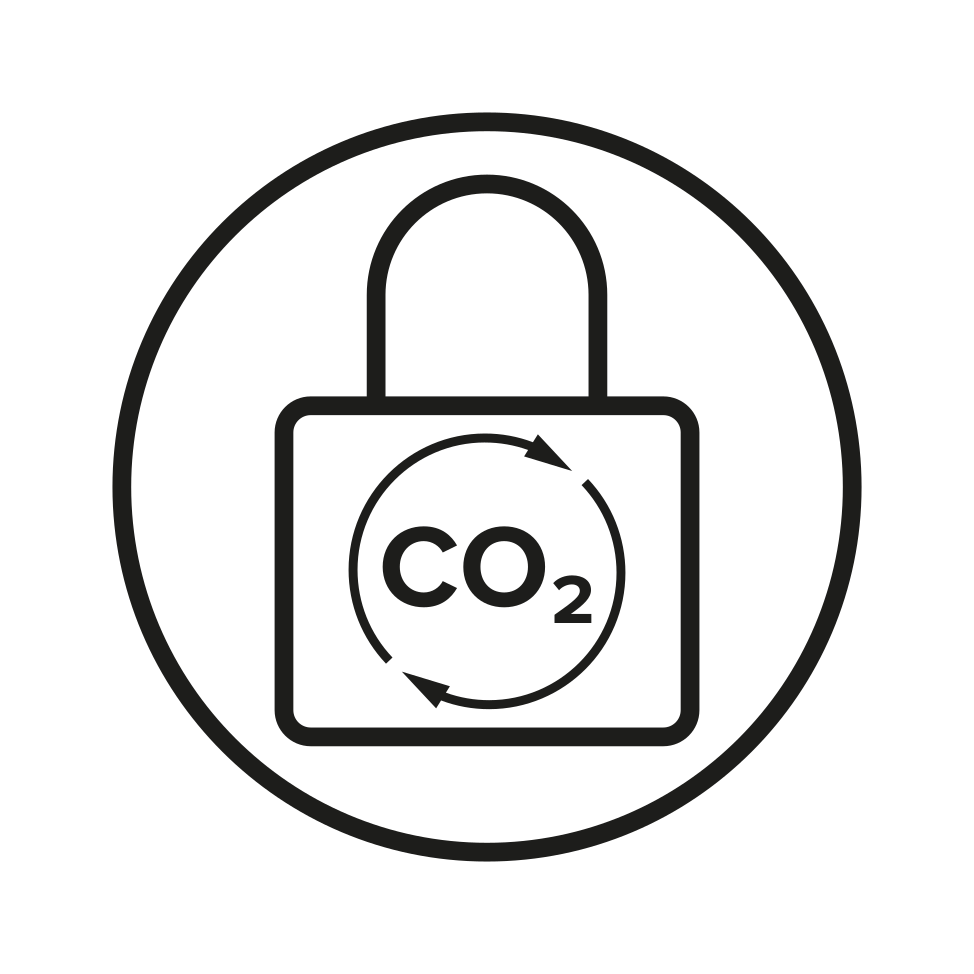From drilling to LNG
Innovative solutions for the oil and gas industry
Gas extraction
Drilling is the very first step in exploiting natural gas resources. Because rigs are often located in tough environments – offshore and onshore – extracting gas requires cutting-edge technology that can operate reliably round the clock.
With daily rates for drilling rigs costing up to several hundred thousand US dollars, maintaining the integrity of equipment is essential for avoiding costly downtime.
World-class heat exchangers from Kelvion can be relied on for the toughest of jobs. Flexible and robust, they help to secure the longest possible operational time. We offer solutions for every heat transfer needed during drilling operations: for mud cooling, where safety is crucial to avoid the risk of environmental contamination and for preventing drilling engines from overheating. Whatever the temperature and pressure level, Kelvion technologies allow a smooth drilling process.
Gas treatment
Natural gas extracted from the well is mainly composed of methane but may also contain impurities such as hydrogen sulphide (H2S), carbon dioxide (CO2), hydrocarbons and even water. H2S and CO2, commonly known as sour gases, have a corrosive effect on gas pipelines and processing equipment, as well as being toxic to humans.
They can also freeze during the liquefaction process, forming solid particles that will clog the pipes and process equipment. For the same reason, water must also be removed. Unwanted substances extracted from natural gas provide valuable components for other industries.
Liquefaction
Once natural gas has been treated to remove unwanted hydrocarbons and other substances, it is ready for the liquefaction process. This involves cooling it down to -162 °C. In its liquid state, the gas takes up 600 times less space, making it easier and safer to transport. The stream of treated gas, which has a methane content Of around 98%, dispenses its thermal energy first to a precooling cycle and then the main cycle, where it is cooled in cryogenic conditions to achieve the phase change to LNG. Both the precooling and main cycles work on the principle of a large-scale refrigerator, involving compression, cooling and condensing at high pressure and evaporation at lower pressure. Liquefaction is a complex process, requiring large-scale facilities with many kilometres of pipes, significant apparatus and several different heat exchanger units.
Two important gas liquefaction processes used today are:







